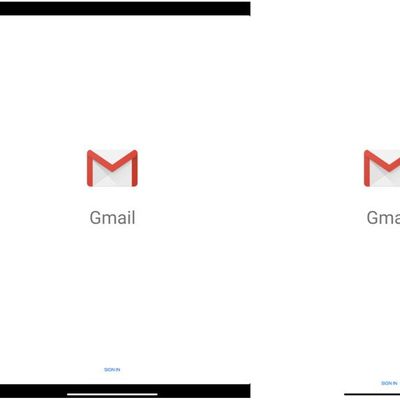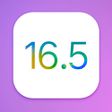Apple in iOS 12 introduced a new Live Listen feature that's designed to turn the iPhone into a remote microphone for the AirPods.
Live Listen has been around for years for MFi-compatible hearing aids, but it's only with the addition of AirPods support that it became available for general iOS users.
As an enterprising individual discovered on Reddit, the AirPods Live Listen feature can be used as a spying device because it uses the iPhone as a microphone and relays what the iPhone picks up to the AirPods, even if the AirPods are in another room.
So, if you have AirPods (or any other Bluetooth headphones), you can enable Live Listen, leave your phone in one room, and then go into another room, with the iPhone available to relay any "secret" conversations. You do need to be in Bluetooth range, of course, but with AirPods, that can be a decent distance.
We're sure no MacRumors readers are going to use this feature for nefarious purposes, but it's certainly a useful tidbit to be aware of. Live Listen can be enabled in Control Center by following these steps:
- Open the Settings app
- Tap on Control Center
- Tap Customize Controls
- Tap the "+" button next to "Hearing."
Once that's enabled, open up the Control Center, tap on the little ear icon, and then tap Live Listen to turn it on. You'll be able to hear people who are speaking near your iPhone.
Live Listen with AirPods, hearing aids, or other Bluetooth headphones is an invaluable tool for those who have hearing issues, but everyone should be aware that any iPhone can be turned into a remote listening device.













Top Rated Comments
...
Ohh noo... absolutely not a chance. :)
IMO it is really inaccurate and incorrect, not to mention misuse, of the term "hearing aid" when used to describe someone's phone, Air Pods or any other device being set to pick up sounds and perhaps verbal conversations when the owner (an individual who presumably in fact has normal hearing) is elsewhere. As already indicated in the thread, such use of a digital device is actually just with the intent of hearing something that was not meant for one's ears at all, whether intentionally so or not. That is very different from a hearing-impaired individual who needs some assistance even just to hear everyday sounds with any clarity at all. A "hearing aid" has traditionally been a physical device worn on the head/in the ears specifically designed to assist someone who is hearing-impaired to be able to hear with whatever residual hearing they might have, perhaps even to be able to discern and interpret the spoken word. There are different types of hearing loss and different degrees of it, of course. People who are profoundly deaf do not usually benefit from standard hearing aids, while those who have hearing loss in varying degrees, whether congenital or developed later in life, may benefit to some extent, depending upon the cause of the hearing loss in the first place.
This "live listen" feature that Apple offers can indeed be very useful to those who wear actual hearing aids, but please don't refer to it -- that particular feature -- as a "hearing aid," because it is not. It can work with actual physical digital hearing aids, as mentioned in the thread, but in and of itself it is not a "hearing aid" per se, especially when considering those who are not hearing-impaired, who don't need such assistance. With the use of Air Pods and a strategically placed iPhone, this is indeed merely a way of listening in on something -- i.e., a fancy new way for anyone with normal hearing (or with hearing assisted by actual hearing aids) to listen to things which may or may not be intended for them to hear at all.
You must be talking about that 6Plus
now I'm wondering ..... How much does my car cost that I leave sitting outside of my house or in a parking lot unattended?
****, I have to run and make sure my house is still where I left it this morning!! What was I thinking leaving it all by itself?!
the /sarcasm
the /troofthough